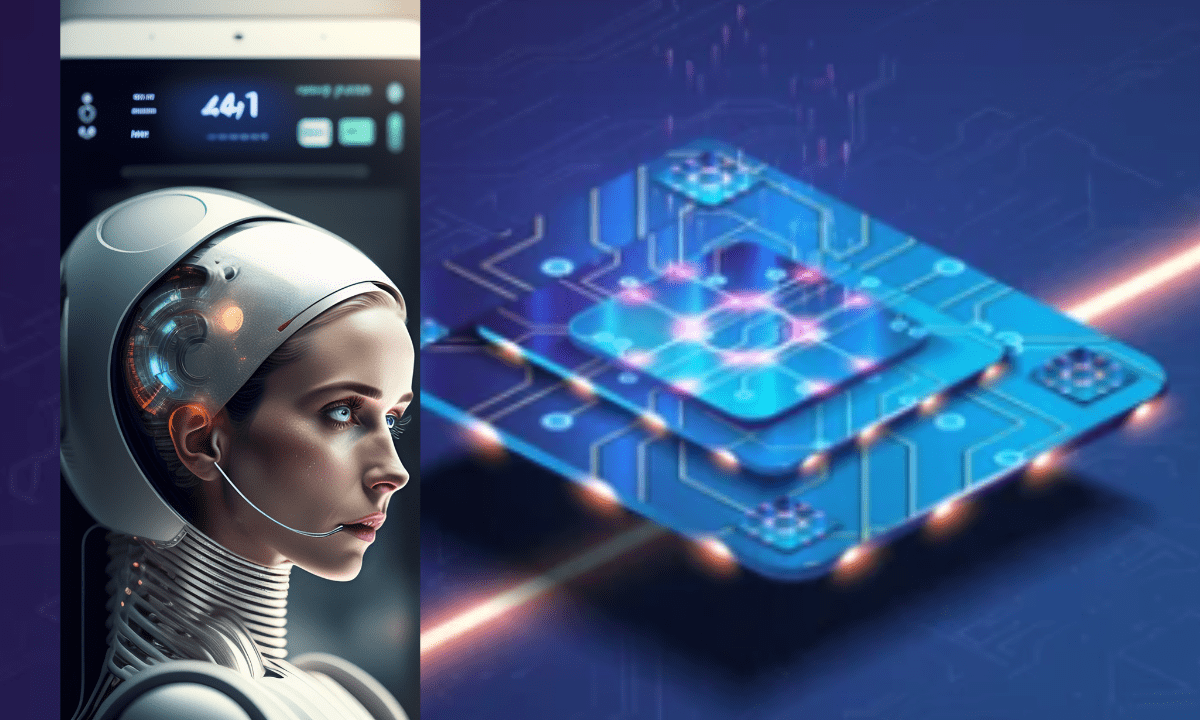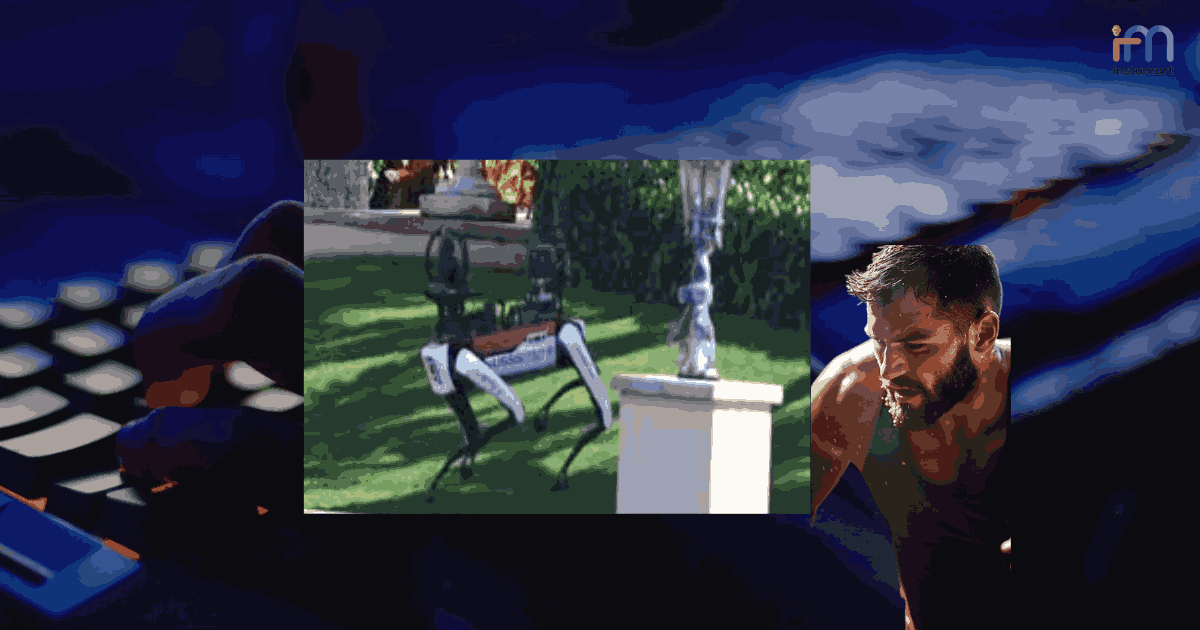It’s only a few hours before NASA in its capacity as the government of the cosmos presents a UAP Study report. With the James Webb Space Telescope Launched in the White House on July 2023, our hopes are pegged on AI to solve the UFO Paradox that seems to be covered in dark corners for decades. To be safe, let me start by voicing the principle about UFO reporting which is “Do not report”. The Mexican government released alien bodies and scientifically scrutinized data to the public to prove that aliens exist somewhere and are only waiting to be discovered. Could be, that this is the time AI showed its magical potential to solve the paradox!
In my educated guess, after stating some very convincing statements, NASA is likely to come to the same conclusion “We have no conclusions but here are our recommendations to get more information from the report.” This hide-and-seek game about UFOs has been on for five decades. I hope today, they will have to answer some pretty difficult questions that will determine the fate of Mexican Government revelations as either fake or real!
As the debate about UFOs takes a twist, we cannot take our eyes off what AI in the telescope is capable of bringing onto the table.
AI Analysis in Identifying UFOs
Astronomers focusing on the search for extraterrestrial intelligence (Seti) are leveraging the capability of AI which could be a momentous breakthrough in the Listen Observing Program. The scientists built an AI system that goes beyond the classical algorithms in terms of signal detection. One of the greatest components highlighted by the Seti team is that Artificial Intelligence algorithms are evolving to eliminate human biases that have compromised the search for UFOs.
Earlier claims of encounters with UFOs such as in the account of Alan Godfrey were ridiculed even by analysts. An analyst said “I think in Alan Godfrey’s case, he was sleep-deprived; he had been on duty for a long time. The most likely explanation is some kind of hallucinatory experience due to tiredness,” French.
If you take a keen look at the bizarre stories which were merely trashed on the grounds of human biases and the new accounts given by NASA, there are glaring gaps. In what can be considered to be an initial success, a previous dataset was fed into the AI algorithm and revealed that the classical technique missed eight signals.
Role of AI in UFO Analysis
Signal Processing
Radio telescopes and other instruments collect vast amounts of data from space. AI algorithms are employed to process and filter this data efficiently. Artificial Intelligence can help distinguish between natural radio interference and potentially artificial signals.
Pattern Recognition
Artificial Intelligence is used to recognize patterns or anomalies in the data that may indicate the presence of extraterrestrial signals. Machine learning algorithms can be trained to identify unusual radio patterns or specific signal characteristics that are not easily explained by natural phenomena.
Data Classification
Artificial Intelligence can classify signals into different categories, helping astronomers differentiate between potential candidates for extraterrestrial signals and other sources of interference. For example, it can identify signals that exhibit characteristics of interest, such as narrow-bandwidth transmissions.
Noise Reduction
Radio signals from space are often contaminated by terrestrial interference, including radio frequency interference (RFI) from human-made sources. Artificial Intelligence can help mitigate this interference and improve the signal-to-noise ratio.
Real-time Monitoring
Artificial Intelligence systems can continuously monitor the sky for signals and anomalies, providing real-time alerts when potentially interesting signals are detected. This allows researchers to follow up on promising leads quickly.
SETI Signal Search
Dedicated SETI programs, such as the Breakthrough Listen project, use Artificial Intelligence to search for extraterrestrial signals in large datasets. Artificial Intelligence algorithms analyze the data for potential signals that match certain criteria, such as narrow-bandwidth transmissions at specific frequencies.
In Sum…
Martin Reese – The Chairperson of the Breakthrough Listen Advisory noted that if the AI algorithm locates UFOs in the depths of space, they will likely be complex beings without biological limitations evident in humans. As things around UFOs happen, it’s difficult to know exactly what’s safe to believe and what’s not. We’d all better treat this subject with velvet gloves!







